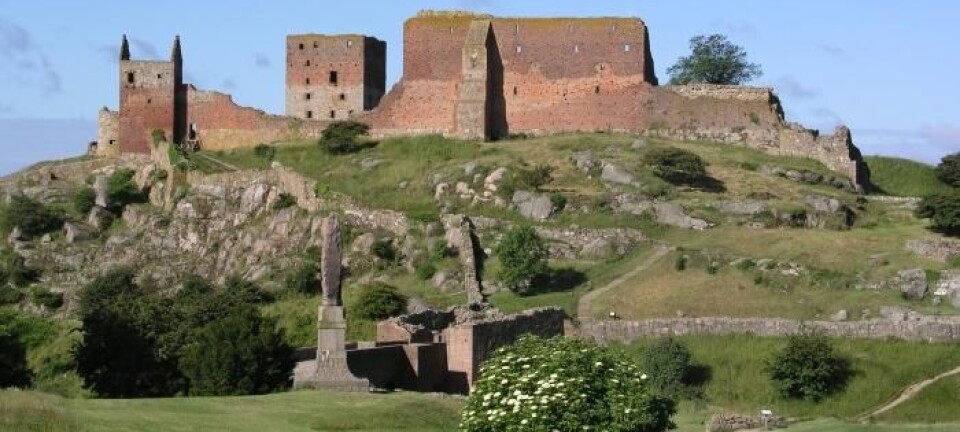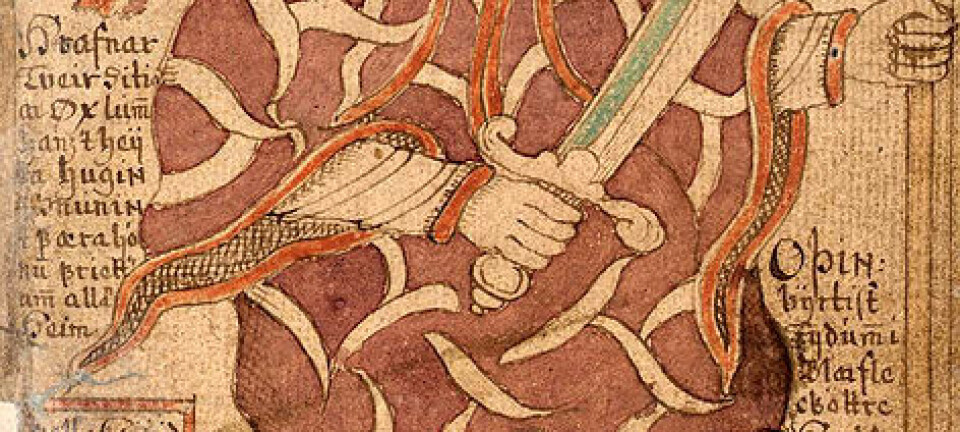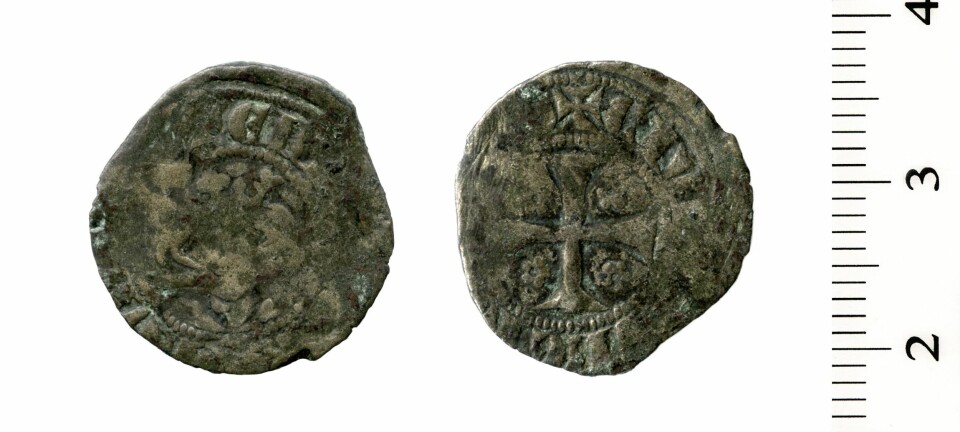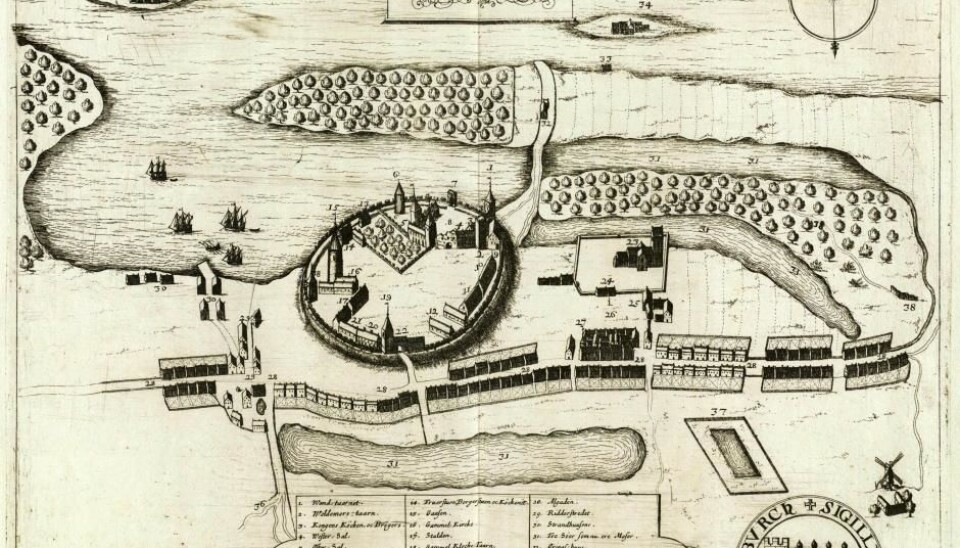
New discovery rewrites history of Denmark’s biggest royal castle
Excavations of Denmark’s biggest castle show that an overlooked king, Knud VI, played a much bigger roll in its history than was previously thought.
Vordingborg is the biggest of Denmark’s royal castles and has been at the heart of the country’s history ever since it was first built in the mid 1100s CE.
It was built by King Valdemar the Great who was crowned in 1157. Valdemar would later conquer Rügen in present-day Germany, while his son, Valdemar the Victorious, would go on to raid Estonia in 1219. The fortress, located in southern Zealand only a few hours by boat from Germany’s northern shore, was later expanded by Valdemar IV in the mid-1300s.
During this time, the three Valdemars cemented Vordingborg’s status as the main bastion of Denmark and the launch pad of their conquests in the Baltic Sea.
But new excavations have shown that Vordingborg’s fortifications were also expanded by another king, Knud VI--son of Valdemar the Great, and older brother of Valdemar the Victorious.
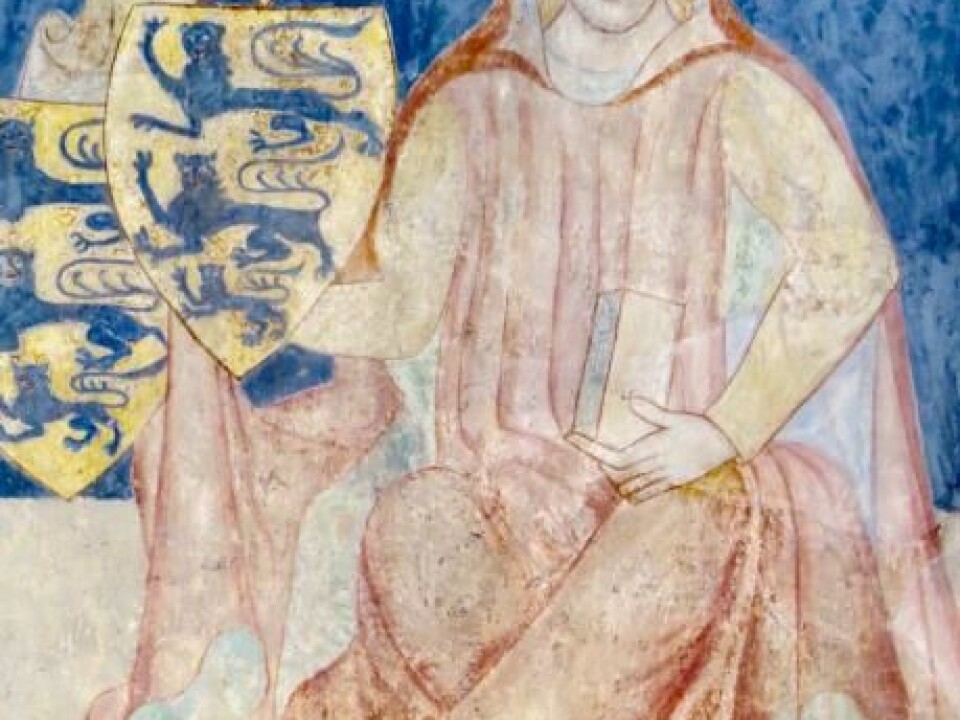
“Traditionally we saw Valdemar the Great as the founder with his son Valdemar the Victorious and great great grandson Valdemar Atterdag as the major expanders of the castle. But our excavations show that Knud VI has played a much more significant role in the expansion than previously thought,” says Lars Jensen, an archaeologist at the University of Aarhus, Denmark.
Read more: New Viking fortress discovered in Denmark
Knud VI continuously expanded the castle
Jensen’s excavations at Vordingborg are casting new light on the contribution to the castle by Knud VI, who ruled from 1182 to 1202 CE.
"While the excavation was started, it was already clear that Knud VI had expanded the castle in 1189-90, but new [evidence shows that] it’s happened several times, and it appears that he’s done so continuously throughout his reign, "says Lars Sass Jensen.

Jensen and a team of archaeologists from the Museum Southeast Denmark have uncovered wood, which was precisely dated by counting the tree-rings (dendrochronology).
It shows that Knud VI expanded the castle in 1189-90, again in 1195, and finally in 1198-1199.
“So he didn’t just build the castle up [once], he expands it continuously. In other words, he was a King who invested heavily in the place and thereby also in the political function of the castle as a base for the expansion across the Baltic Sea,” says Jensen.
Read more: Viking fortress in Denmark stumps archaeologists
Built in Brick
Until now, archaeologists thought that Valdemar the Victorious built the first brick castle on the site, but Jensen has evidence that this accolade may in fact go to Knud VI.
“We have found a raised road, built in 1189-90, and this included bricks. I’d be very surprised if bricks hadn’t been used elsewhere in the castle,” says Jensen.
“The road itself is also a bit of a sensation because it’s probably the main access road into the castle from the harbour, and its construction points to a major restructuring of the castle and the castle square, which would be natural if you are embarking on a major construction project,” says Jensen.
Historian Lasse Arboe Sonne from the University of Copenhagen, Denmark, is excited by the new discoveries.
“It’s enormously exciting when something like this happens, and it also underlines the importance of archaeological sources,” says Sonne.
“Written sources don’t give a complete picture of what’s happened. And so when the source material is limited, we rely on new interpretations of the written sources or, as it has happened here, new and interesting discoveries that play against the old sources [of information],” he says.
Read more: Evidence found: Harald Bluetooth built Viking fortress
A strong man, but forgotten King
While Valdemar the Great’s achievements are well documented, there are relatively few written sources on Knud VI. We do know however, that he refused to renew his Father’s allegiance to the German-Roman Empire, a political conglomerate of countries in Western and Central Europe with Germany at its centre.
“Knud VI was a strong man. You can only refuse to swear an oath of allegiance to the German Emperor if you are politically confident. And his fortifications of the castle demonstrate that he had muscle,” says Jensen.
“But his reign falls between two great kings, so we perhaps underestimate him a bit,” he says.
Sonne agrees.
“In comparison with Valdemar the Great and Valdemar the Victorious, Knud VI has probably been somewhat overshadowed. The events of his period were overshadowed by events that happened before and after him, which were more thoroughly documented,” says Sonne.
“But demonstrating that the castle expanded under his rule shows something about the political involvement of an already very important castle,” he says.
-------------
Read the Danish version of this article on Videnskab.dk
Translated by: Catherine Jex
